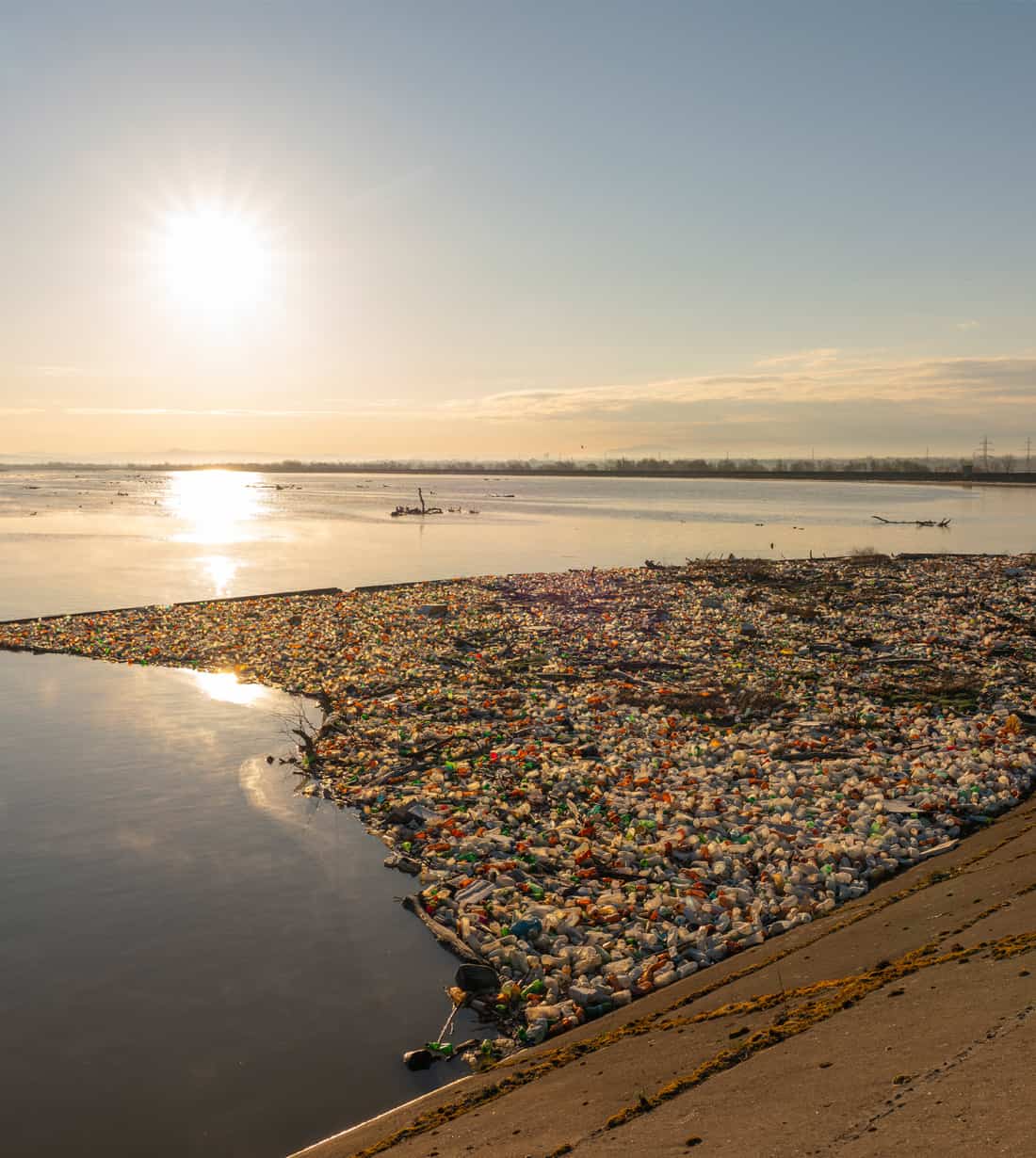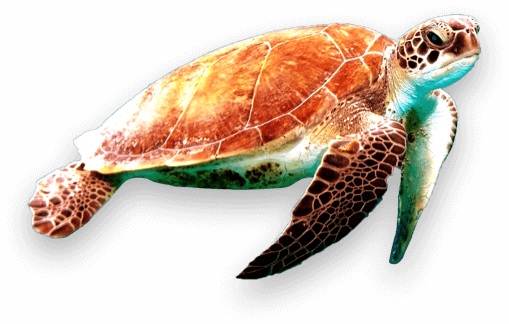More about our Impact
We collect any garbage that is in the water or 200 meters around the water. This means that we and our local partners also clean up the banks by hand, as there is an extremely high risk of the garbage lying there getting into the water. This happens, for example, due to rising water levels, rain or wind.
For the cleanup missions from mid-2021, we have weight certificates for the specified quantities of waste.
After the collected material has been dried and the waste has been separated from the wood, it is then transported to the recycling center or the sorting facility. It is then weighed at the recycling centers and we receive the weighing slips.
At the beginning of our first missions, the focus was on removing waste from the environment. Our plastic credits did not yet exist at this time, so we do not have any weighing slips for our first Slovakia assignment in 2020, for example.
The waste was taken by our waste collection boats directly for recycling (including thermal recycling). The values used here are extrapolations that we have drawn from the following data, depending on the application:
- Number of boatloads (one boatload comprises approx. 1.5 tons of waste)
- Container capacity
- Analysis of AI data: on some missions, a drone flew over our site and fed the data to an AI, which was able to tell us what percentage of garbage and what percentage of wood was in the water.
For our Cleanup Missions, the weighing slips are always issued by external organizations or companies (e.g. recycling centers). In Cambodia, for example, we use Cleanhub to track the material flow of our waste from collection to disposal. Our aim is to use the app for all future deployments and also to be tested by certifiers.
We attach great importance to determining the figures as accurately as possible. Figures only deviate where everwave has no influence – for example, due to external circumstances.
A transparent example: In our Cleanup Mission in Slovakia in 2021, for example, we are certain that we have collected more. It is very likely that material was removed before we were able to verify a possibly higher number of tons.





